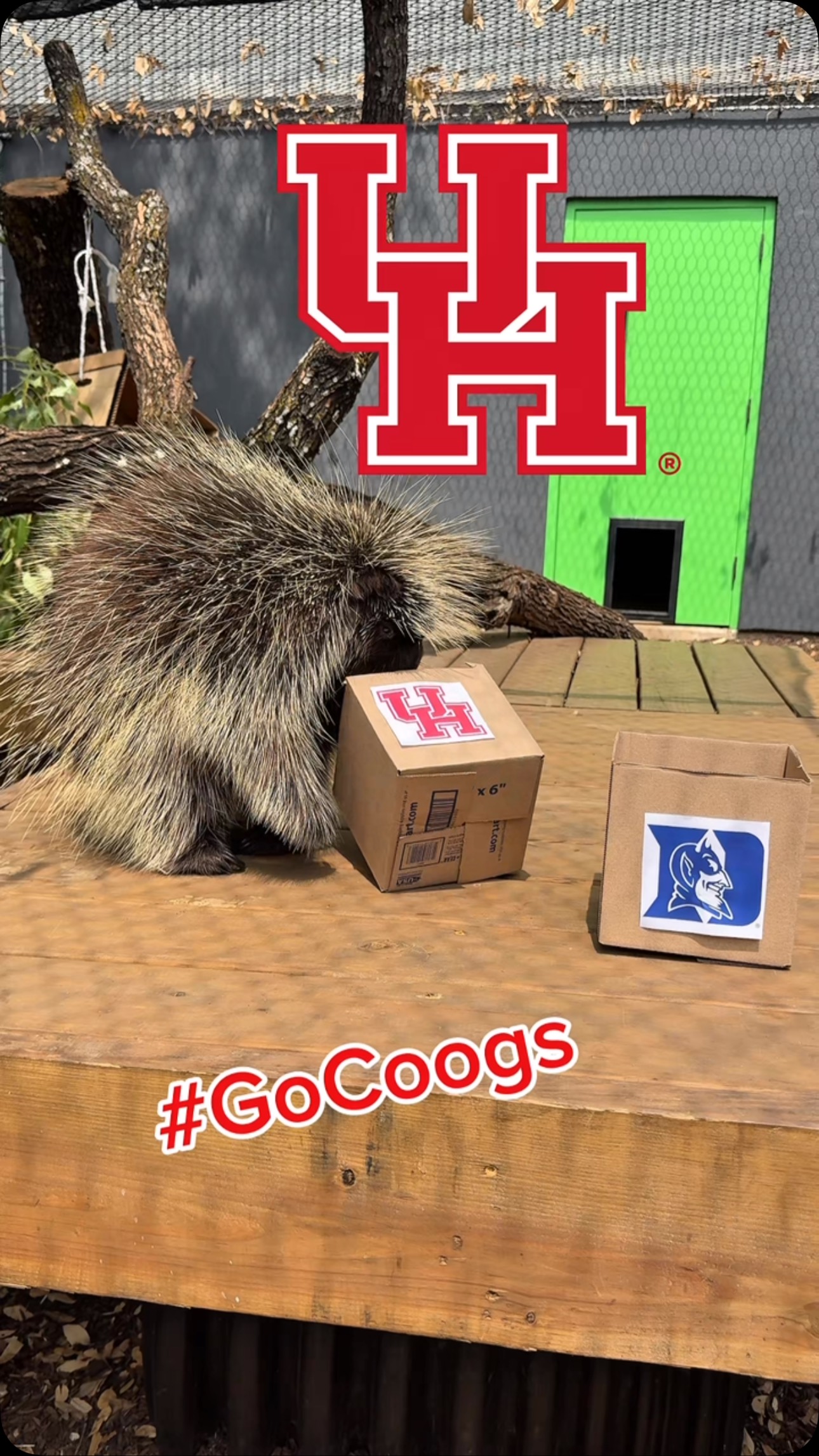- Elmer’s role as an oracle in the animal kingdom and its impact on public engagement.
- The significance of Duke and Houston’s matchup in wildlife conservation and awareness.
- The influence of anthropomorphism in animal decision-making narratives and its educational potential.
- The role of zoos in conservation and education, particularly through unique animal events.
- The growing trend of using social media platforms like Instagram to enhance wildlife conservation efforts.
Within the animal kingdom, few creatures have captured the public’s imagination as effectively as Elmer, a charismatic and intelligent inhabitant of a prominent zoo. Known humorously as an ‘oracle,’ Elmer plays a surprising role beyond his natural habitat, offering picks in sporting matchups such as the one between Duke and Houston. While seemingly lighthearted, these events hold deeper significance in both public engagement and wildlife conservation education.
Elmer’s involvement notably heightens interest in matches that may otherwise only capture the attention of sports enthusiasts. His ‘big pick’ for the matchup between Duke and Houston serves as a clever tool for sparking curiosity about nature and wildlife. The powerful engagement Elmer instigates speaks volumes about how animals can help bridge the gap between human interests and wildlife conservation. The allure of these predictions, often through playful anthropomorphism, allows zoos and conservationists to engage a variety of audiences, enhancing awareness and advocacy for conservation initiatives.
Duke versus Houston is not just another game; it represents a unique opportunity to direct public attention toward pressing environmental issues. By tying an animal’s playful behavior to an event that garners widespread interest, conservation messages reach audiences who might typically be outside the sphere of environmental discourse. The anticipation surrounding Elmer’s choice encourages zoo visitors and social media followers to participate more actively in the zoo’s initiatives. This broader reach is essential in promoting effective conservation strategies.
It is crucial to understand the anthropomorphic elements at play. By assigning human-like decision-making abilities to Elmer, zoos can captivate audiences with engaging narratives. This method of storytelling allows the public to perceive wildlife in a personal and relatable manner. Educators and zoologists view this anthropomorphism not merely as a gimmick, but as a valuable educational strategy that makes wildlife conservation an accessible topic. Through anthropomorphic narratives, individuals may feel a stronger connection to wildlife issues, inspiring them to take an active role in conservation efforts.
Zoos today serve as more than just places to observe animals; they are instrumental in wildlife preservation and environmental education. Using animals like Elmer in interactive events revolutionizes how zoos contribute to broader societal goals. These institutions often become hubs for community engagement, using their platforms to foster interest in global conservation efforts. By staging events like Elmer’s picks, zoos offer unique experiences that educate the public about biodiversity and the importance of sustaining ecological balance.
The role of social media cannot be understated in this context. Platforms like Instagram amplify the reach of conservation messages, enabling them to pierce through geographical and cultural barriers. Elmer’s popularity on social media is a testament to how digital presence can transform local educational efforts into worldwide awareness campaigns. By documenting Elmer’s choices and sharing them online, zoos can interact directly with a global audience, engaging them with creative content that encourages wildlife conservation.
The intentional use of social media in conservation serves dual purposes: educating the public and encouraging participatory action. Followers who might never visit the zoo in person can still engage with its conservation efforts, becoming part of an ever-growing community of wildlife advocates. This approach models an innovative blueprint for how zoos and wildlife organizations can leverage technology for greater environmental impact.
Elmer’s predictive antics for the Duke versus Houston matchup symbolize more than an animal’s quirky behavior. They are a pioneering example of how animals can engage public interest in conservation. By using social media strategically, zoos can extend their educational reach and bolster their conservation initiatives. Engaging content from familiar and beloved animals like Elmer is key to connecting diverse audiences to the significant work of wildlife protection.
*****
Source Description
Elmer’s big pick is in for the matchup between Duke and Houston!


